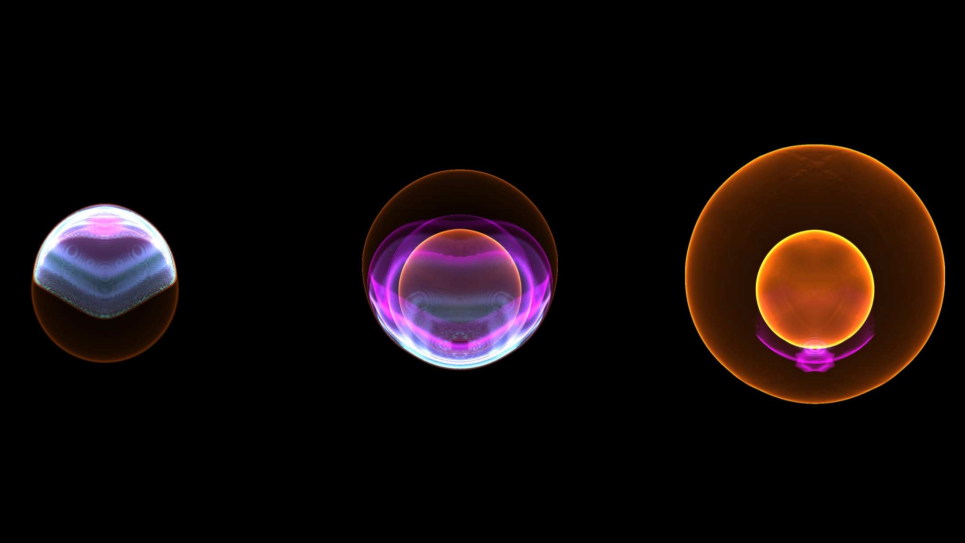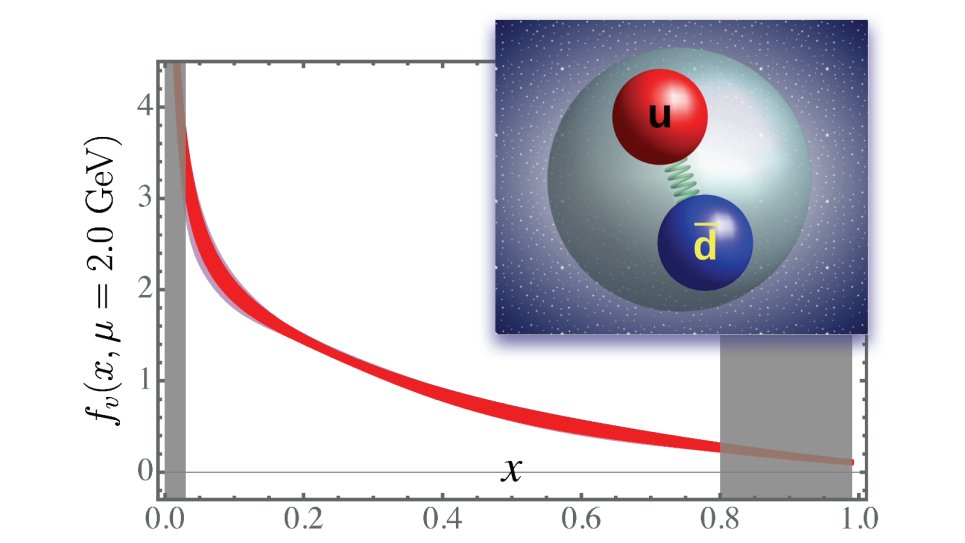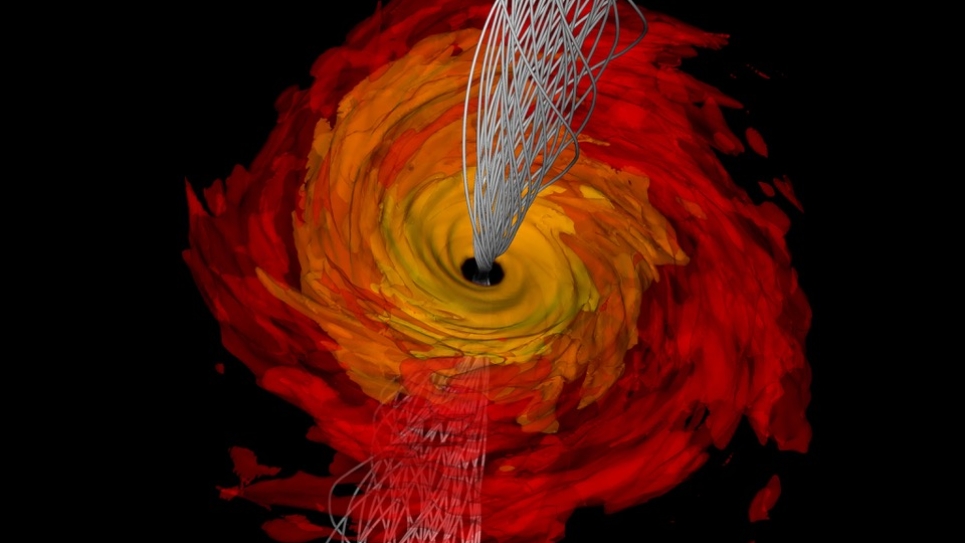Controlled fusion could provide the world with a near limitless source of clean energy. However, the realization of fusion as a practical energy source requires the ability to build a device that can safely contain the fusion reaction. For magnetically confined fusion plasma reactions, the performance demands on plasma‐facing components (PFCs) and structural materials are beyond the capability of current materials. In particular, the plasma surface interactions (PSIs) occurring in the divertor and PFCs pose a critical scientific challenge that limits our ability to achieve electricity production from fusion. The objective of this project is to further advance understanding of the response of tungsten, the proposed ITER divertor, to low energy He plasma exposure. In particular, three tasks are envisioned that investigate helium behavior and gas bubble aggregation kinetics in tungsten, and address whether gas diffusivity is enhanced along grain boundaries. Outcomes of this project will be an improved knowledge of the materials engineering necessary for the success of ITER and critical to this pathway of harnessing fusion energy.


